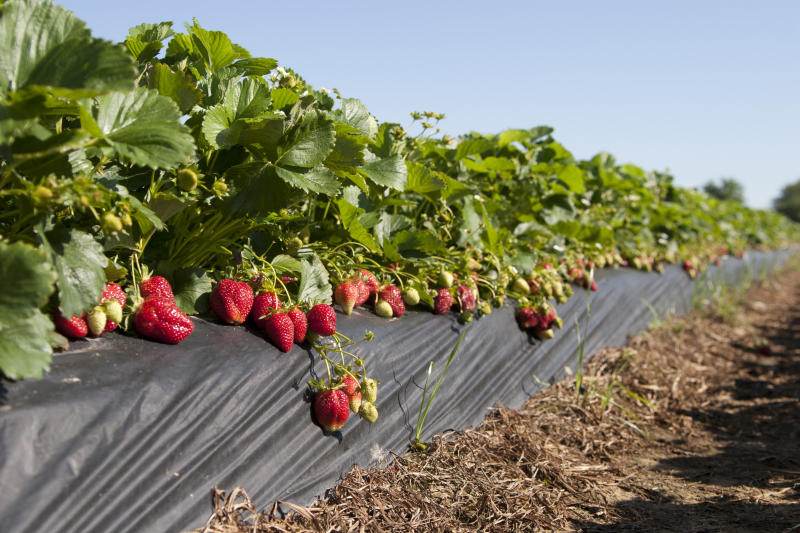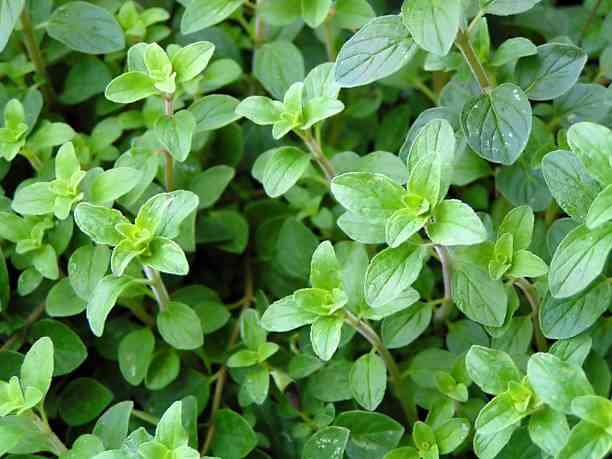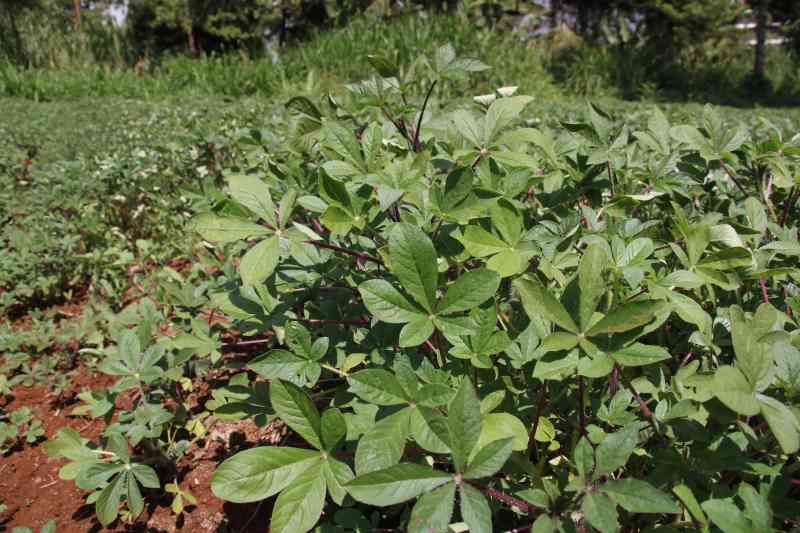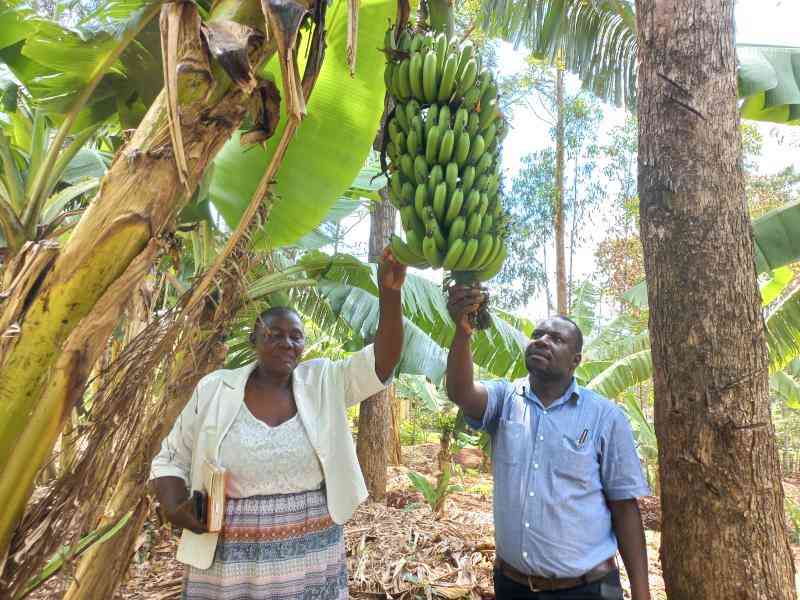
Strawberry farming is rapidly growing due to its fruits nutritional and health benefits. The fruits are consumed fresh or as foods in pie, preservatives and as flavours. They are sold locally in major markets, supermarkets and marketing companies such as Brookside, Daima, Trufood and KCC.
Although the fruits are easy to maintain, farmers have been struggling diseases and pests that lead to huge loses.
Pests
Strawberry bird weevil
It’s a dark reddish-brown weevil which has large black spots at the back. It feeds on immature pollen by puncturing the blossom bud. It chews the stems and creates holes in flowers and petals.
To control, avoid mulching and full canopy beds as they encourage newly emerged adults to remain on the field after spraying.
Tarnished plant bug
It an oval, flattened and yellow insect with dark markings in the wings which cause the production of irregularly cat-faced strawberries fruits. It punctures and sucks the content of individual fruit.
Control weeds to prevent their buildup alongside with the use of pesticides.
Strawberry thrips
They are tiny insects that feed on the plants' flowers, leaves, pollen and fruits. They lead to flower damage and production of malformed fruits. Ensure you burn the weeds after their removal to keep them at bay.
Nematodes
They cause stunted growth, older leaves to die and the roots swell eventually.
Proper hygiene on farm equipment, removal of infected plants and avoid irrigating with infested waters will control the spread of the spread.
Aphids
They are small sucking sap insects which secrete honeydew that damage the fruits and leaves. Severe infestation leads to reduced fruits. They spread viruses from one plant to another.
Mites
The leaves will turn yellow with whitish feeding marks and silvery webbing on the leaves and stems. They reduce plants vigour where they appear retarded, twisted, and distorted. Spraying with horticultural oil or insecticidal soap controls them.
Diseases
Leaf blight
It occurs in older strawberry leaves where they form large circular to oval reddish-purple spots. In extreme, the fruits form circular lesions. Remove the old infected leaves, ensure the plant has excellent soil drainage and air circulation during planting and control weeds as they prevent air circulation.
Leaf spot
The leaves start forming round purple spots on the upper leaf surfaces. In extreme cases, the centre of the spot turns grey then almost white with a purple border.
Sanitation, use of resistant varieties and keeping the plants out of shade can help control the disease.
Anthracnose fruit rot
It forms brown to black spots on green fruits and dark purple spots on ripe fruits. The spots enlarge rapidly on ripe fruits until the fruits rot. To control, apply the fungicides before the disease develops further, mulching reduces water splash and disease spread and remove infected plants.
Powdery mildew
It is a foliage disease that causes fruit rots and severe leaves infection can reduce photosynthesis. The leaflets will curl upwards along the margins, the lower leaf surface may turn reddish, deformed flowers and the fruits may rot or fail to colour. Use of resistant varieties and removal of overwintering leaves may help control the disease.
Want to get latest farming tips and videos?
Join Us
 The Standard Group Plc is a multi-media organization
with investments in media platforms spanning newspaper print operations,
television, radio broadcasting, digital and online services. The Standard Group
is recognized as a leading multi-media house in Kenya with a key influence in
matters of national and international interest.
The Standard Group Plc is a multi-media organization
with investments in media platforms spanning newspaper print operations,
television, radio broadcasting, digital and online services. The Standard Group
is recognized as a leading multi-media house in Kenya with a key influence in
matters of national and international interest.
 The Standard Group Plc is a multi-media organization
with investments in media platforms spanning newspaper print operations,
television, radio broadcasting, digital and online services. The Standard Group
is recognized as a leading multi-media house in Kenya with a key influence in
matters of national and international interest.
The Standard Group Plc is a multi-media organization
with investments in media platforms spanning newspaper print operations,
television, radio broadcasting, digital and online services. The Standard Group
is recognized as a leading multi-media house in Kenya with a key influence in
matters of national and international interest.







